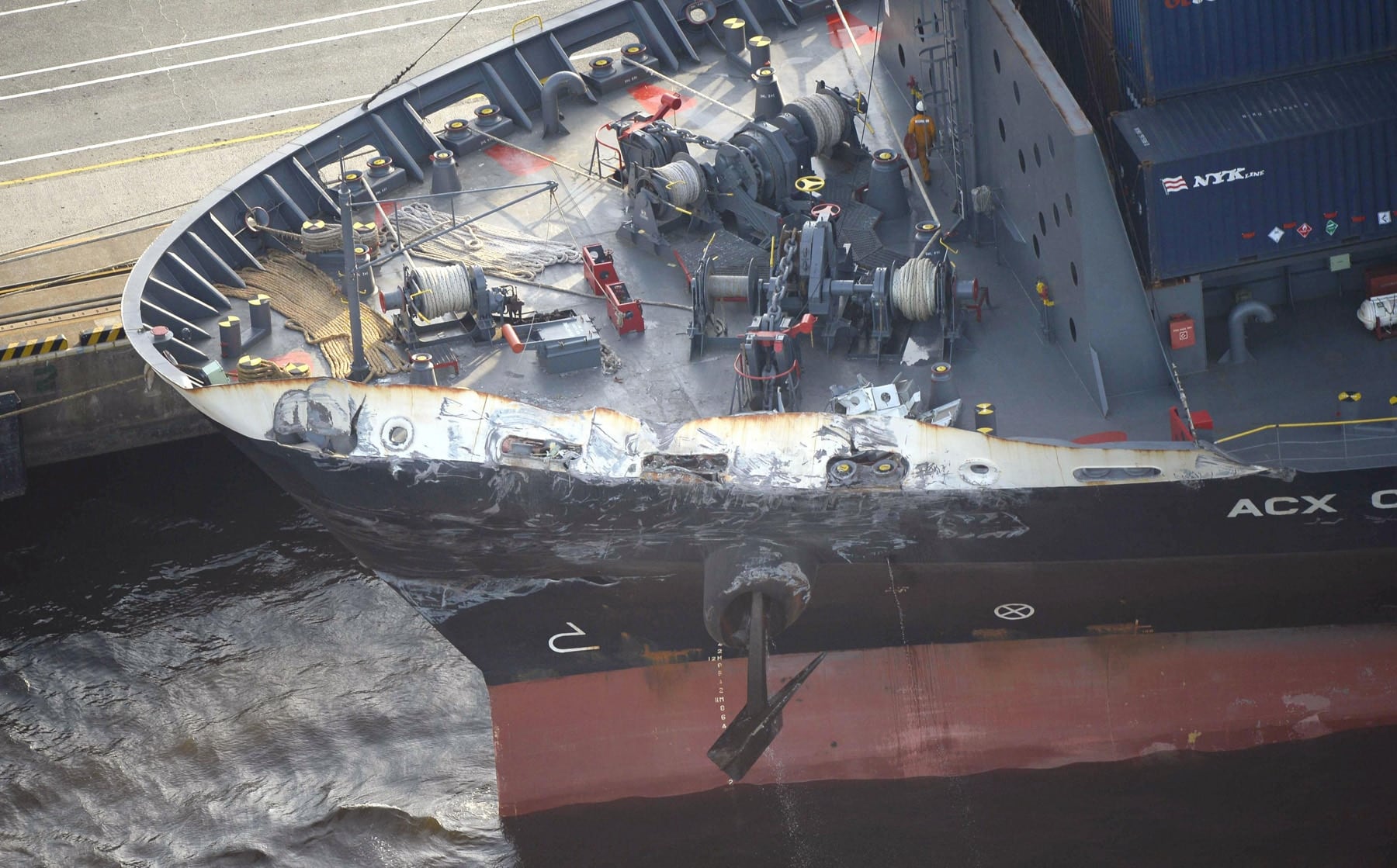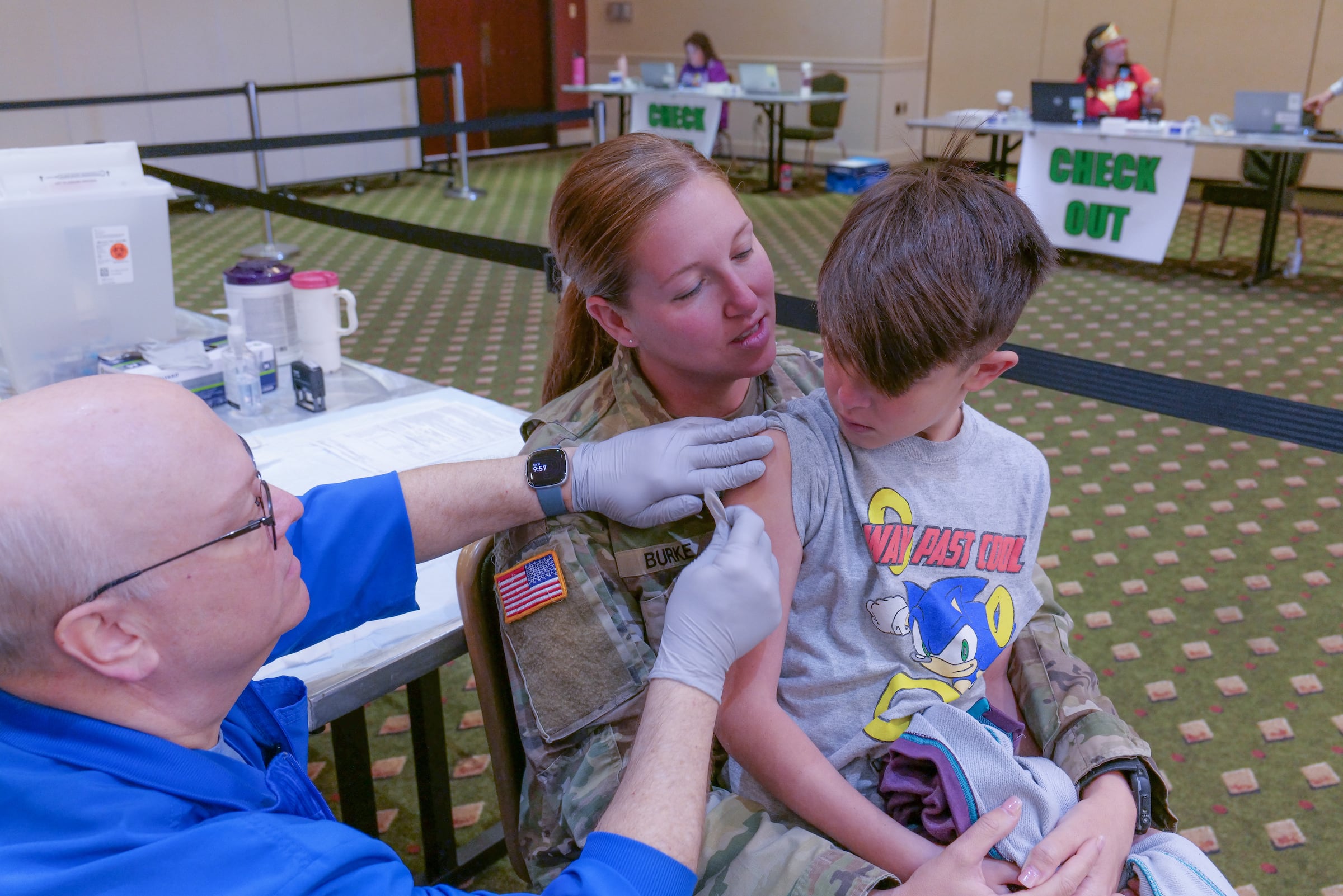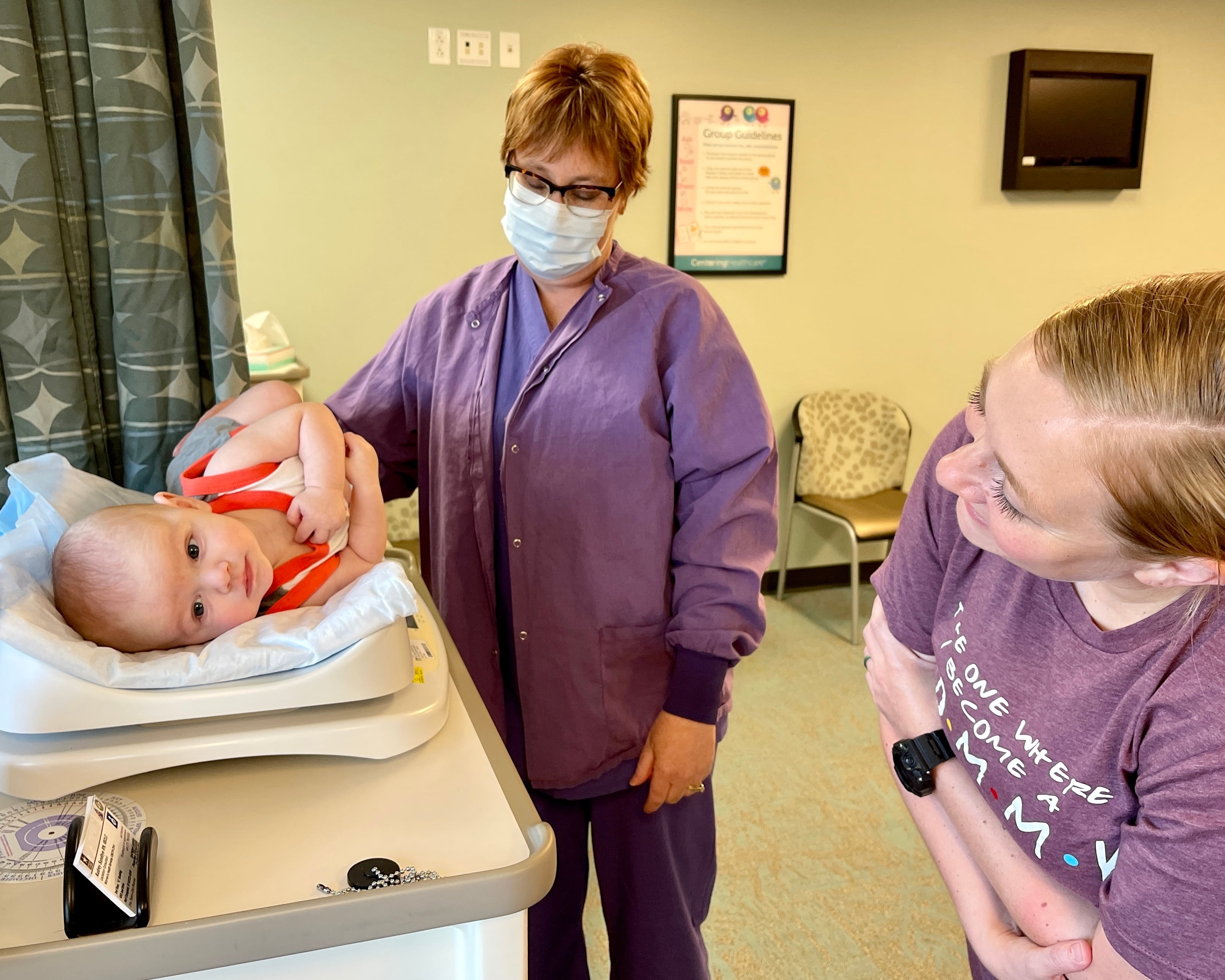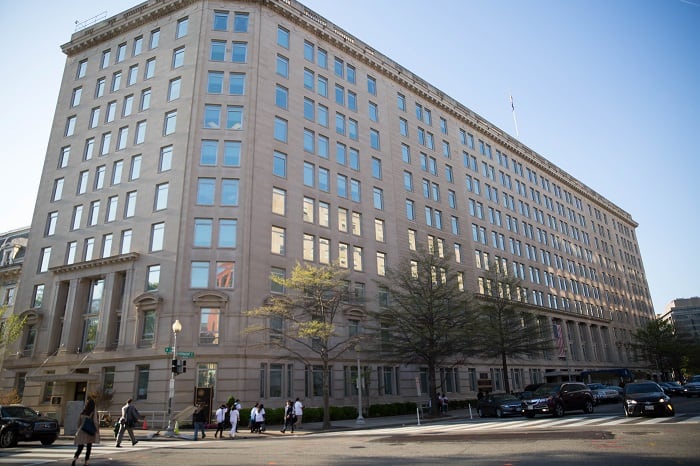TOKYO — Japanese authorities said Thursday they have obtained a data recording device from a container ship to help determine why it collided with a U.S. destroyer, killing seven American sailors.
Japanese transport safety officials said they obtained the voyage data recorder, similar to an airplane's "black box," from the Philippine-flagged ACX Crystal, which is currently docked in Yokohama near Tokyo.
Investigators are examining the ship's movements, including its location, direction, speed and other data to determine the cause of its collision with the USS Fitzgerald early Saturday off Izu Peninsula, west of Tokyo.
"By analyzing the data, we should be able to determine the circumstances of how it crashed," Transport Safety Board spokesman Katsunori Takahashi said.
The safety board is focusing on the cause of the collision and the lessons to be learned, while Japan's coast guard is investigating possible professional negligence in the accident.
U.S. Navy and Coast Guard officials are investigating the destroyer at its home port, Yokosuka naval base.
Japanese coast guard official Takeshi Aikawa said the first distress call came from the container ship at 2:25 a.m., and it identified the other party as "a U.S. warship." The coast guard immediately contacted the destroyer to ask about its damage.
"They requested our help in the rescue operations," he said. Within two hours, a Japanese coast guard patrol ship was at the scene.
The Japanese coast guard has revised its estimate of the collision time from an initial 2:20 a.m. to 1:30 a.m. after interviewing the Crystal's crewmembers and examining the ship's location.
It is not known why the two vessels did not immediately contact the coast guard, Japanese officials say.
There is speculation that the Fitzgerald might have been temporarily unable to communicate because of damage from the collision, or because its crew was working frantically to keep the ship from sinking. Japanese officials say every ship is equipped with a backup communication system for emergencies.
The U.S. Navy still uses 2:20 a.m. as the time of the collision, but U.S. military officials say they have no intention to dispute the Japanese coast guard, and that the investigation will settle the issue.
The collision occurred in Japanese waters, but it is uncertain if Japanese authorities will have access to U.S. investigation results because the U.S. military has the primary right to investigate U.S. warships involved in accidents under a bilateral Status of Forces Agreement. Following a 2009 collision between a U.S. naval ship and a Japanese boat, Japanese authorities were not allowed access to the warship investigation, Japanese transport officials said.





